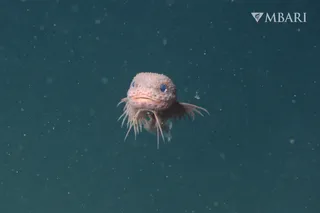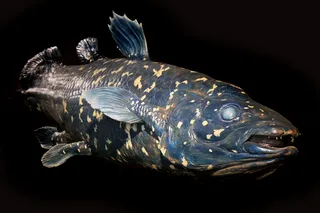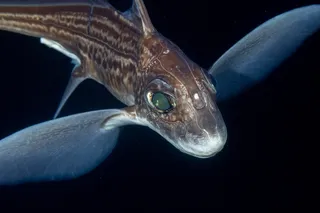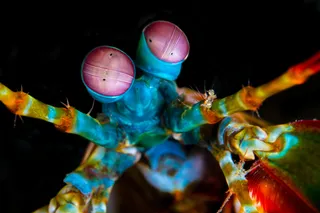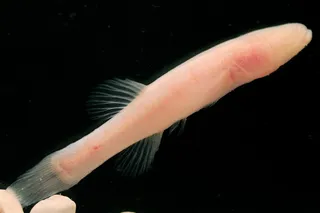Update II:Follow up post. You really should read Greg and JohnHawks, seeing as how they have a paper in the pipeline on this topic which is stepping off from where Lahn et. al. left off. Update:Greg and JohnHawks have much more must read stuff! Read about it here. Here is the paper, Evidence that the adaptive allele of the brain size gene microcephalin introgressed into Homo sapiens from an archaic Homo lineage:
At the center of the debate on the emergence of modern humans and their spread throughout the globe is the question of whether archaic Homo lineages contributed to the modern human gene pool, and more importantly, whether such contributions impacted the evolutionary adaptation of our species. A major obstacle to answering this question is that low levels of admixture with archaic lineages are not expected to leave extensive traces in the modern human gene pool because of genetic ...






